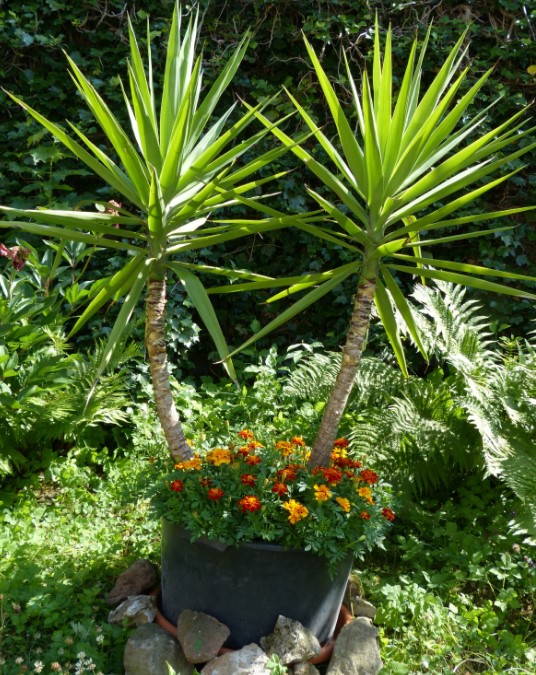To be successful growing yucca indoors, you’ll love quick-growing habits like uniform growth, a heavy taproot, excellent drainage, abundant deadwood, and sparse growth on the growing tips. Growing yucca also requires very little care beyond regular watering. Don’t be afraid to use a deep soak cloth or more water than usually amounts once a week during the growing season. Regardless, this is an inexpensive, outdoor-gardening project that can be done from almost anywhere.
Ficus macrophylla or bulging yucca is a miniature shrub with a large, spreading fleshy cymose inflorescence that blooms profusely from early spring until early summer — hence the name. Potted plants are comfortable in any light except indirect light and nearly any soil type — but can do best in 6- or 8-compartment soil mixes.

Growing ficus from seed is a unique challenge, as it requires a relatively cool temperature and dry air environment and the soil must have high organic content for optimal seed germination. The temperature in the seedroom can drop below 20°C for several days before seed germinates, which limits how often and how large (if at all) your seeds can grow.
I purchased two seedlings from a local nursery. According to their records, one fruit body (seeded rosette) however, was smaller than the other. I assumed that the smaller one would survive first, and I took it home to transplant into pots. Unfortunately, within six months, the smaller fruit body had died. Later on, I learned that the older fruit body was still alive and healthy enough to be transplanted to the other soil. I named the fruit body that survived “Maybelle,” which is a tribute to her large size and unique appearance.
Growing ficus from seed is a unique challenge as it requires a relatively cool temperature and dry air environment and the soil must have high organic content for optimal seed germination. Developing a good succession plan, including researching and visiting seed catalogs, can help you find the right mix for your region.
Once you have a seed, you can select a container and place it inside of an adjustable soil bed, providing a stable environment for the seed. Until seeds develop a terminal root, they cannot fully mature and continue to grow downward instead. Once seedlings are at least three-quarters of the way through their lifecycle and have emerged from their pot, they become food for your spider plant. Roach plants need lots of attention, but they do not need constant attention.
You can keep seed-harvesting spiders indoors or set them outdoors in a safe, light-tight spot where you can view them from a distance. Our spiderplant was kept in a window above a window in a sunny part of my home.
If you live in a cold area and choose a container with a light-colored cap, it will benefit the spider plant to have bright light shining through the cap. Failure to do so results in stunted growth.








